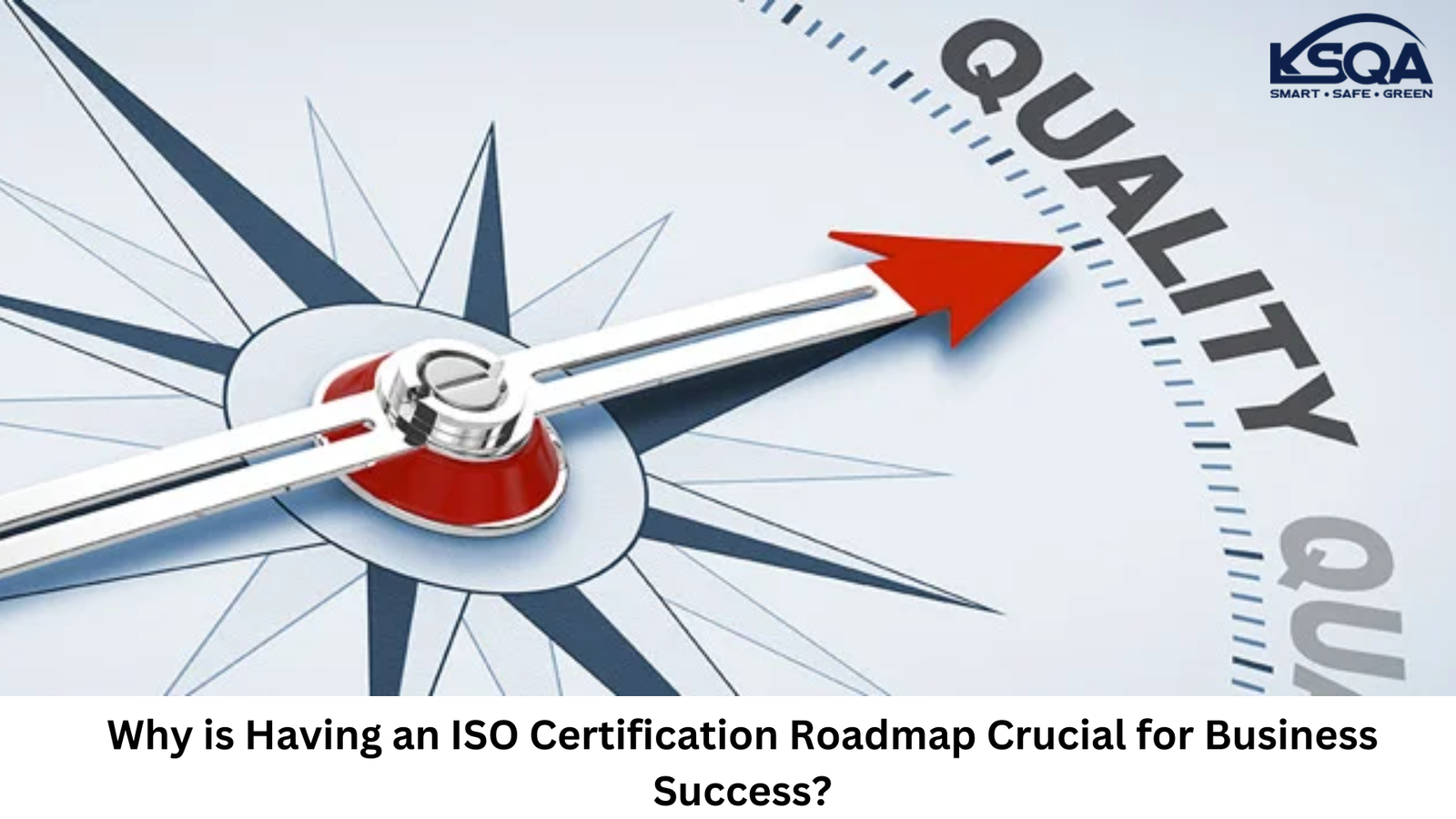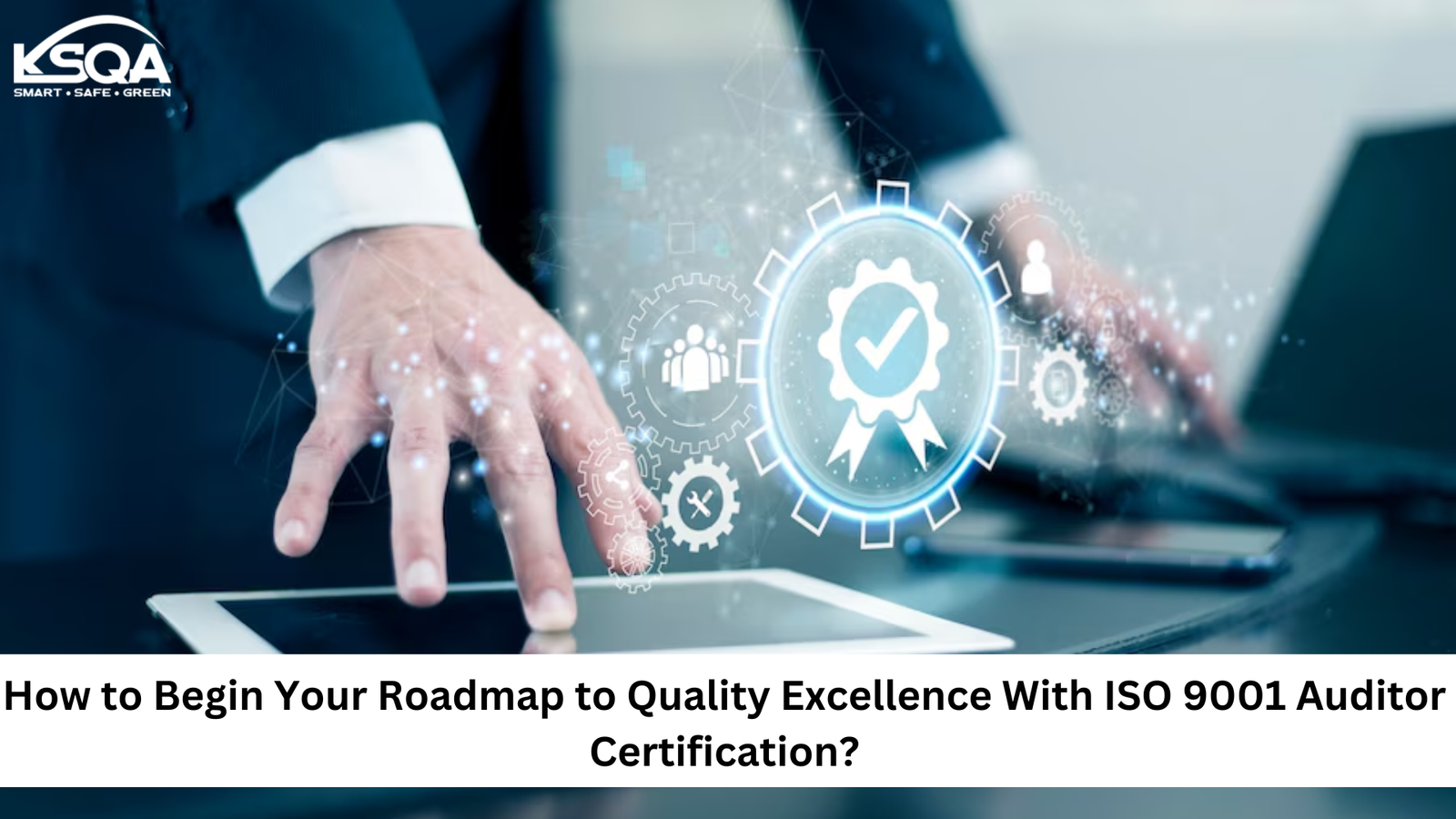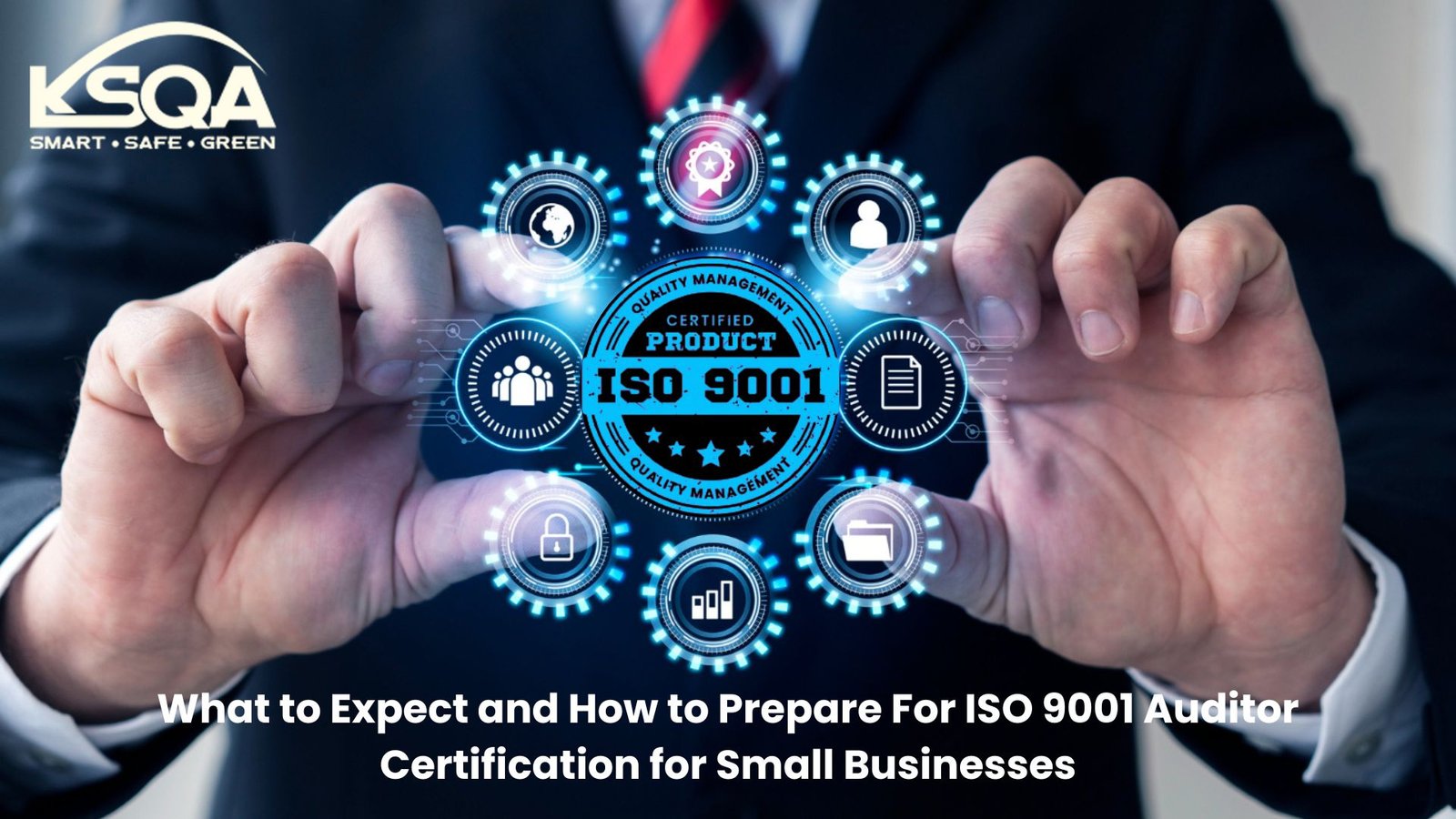One of the most widely used quality management systems is ISO 9001. It offers a structure for procedures that methodically enhance every aspect of a business. For a good reason, more than a million businesses of all sizes worldwide have received ISO 9001 certification.
ISO 9001 is the solution if you’re looking for a quality management system to create a culture of continuous improvement. Implementing an ISO 9001-compliant quality management system requires root and branch process changes throughout your entire firm.
In this blog, we will discuss the steps of the ISO 9001 audit and its requirements.
5 Steps of the ISO 9001 Audit Process
Stage 1 Audit
A “Stage 1” audit is the initial step of the ISO 9001 audit procedure. This audit’s primary goal is to ensure your quality management system is in place and prepared for an audit.
Stage 2 Audit
The “Stage 2” audit is the second stage of the ISO 9001 audit procedure. This extends the Stage 1 audit. The audit will primarily focus on the “operational” components of the organization, with a brief repetition of the auditing of the paperwork.
Receive Certificate
Getting the certificate is the third step in the ISO 9001 audit process. If there are no problems at Stage 2, you will be suggested for ISO 9001 certification. Instead of awarding the certificate, the auditor provides a suggestion in the report.
Surveillance Audits
The “surveillance” phase of the audit of ISO 9001 process comes after the third stage. This examines the quality management system’s upgrades, including any internal audits and management reviews conducted. The certification body will decide whether to conduct these audits after nine or twelve months.
Recertification Audits
“Recertification” is the last stage of the ISO 9001 audit procedure. The audit will examine the system more comprehensively and discuss the lessons the organization has learned and the steps it has taken to advance during the past three years of using the ISO 9001 Quality Management System.
Important 9100 Requirements you must know
Context of the organization
You should outline your company’s quality-related goals and strategic direction in clause 4 of the ISO 9001.
Leadership
The ISO 9001 requirement standard acknowledges that your organization’s senior management must be committed for your Quality Management System to be successful.
Planning
An effective quality management system uses risk-based reasoning and implements procedures to handle risks and opportunities.
Support
Clause 7 of the ISO 9001 requirements standard mandates that your company must offer enough resources to run a successful quality management system.
Operation
The work that must be done by your business is described in the Operation part of ISO 9001 requirements, often known as clause 8.
Performance evaluation
To prove that it complies with the standards of the ISO 9001 requirements, your organization must measure and analyze its operations, recording the outcomes. Additionally, to ensure that it implements every component of its Quality Management System.
Improvement
The ISO 9001 standard’s concluding paragraph emphasizes the value of an ongoing business improvement.
Conclusion
At KSQA, we help you get certified via virtual or in-person ISO 9001 audits. With more than 20 years of experience helping businesses of all sizes, our team can help you improve your business. Visit our official website to learn more.






